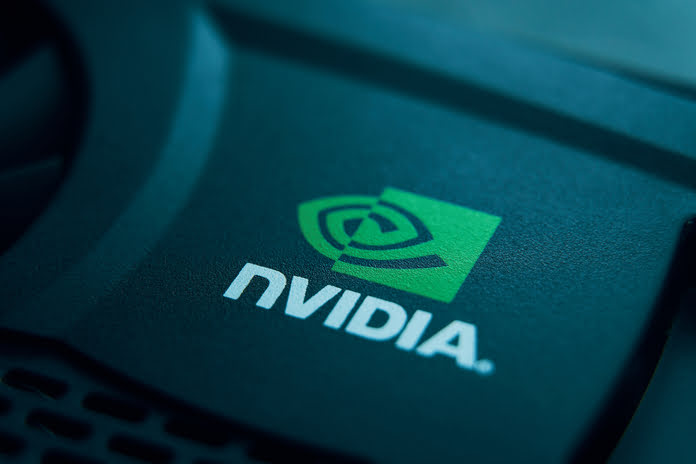With interest rates soaring to levels not seen in over a decade, corporate finance executives are discovering the potential for significant returns on their cash reserves.
Recent data compiled by Bloomberg reveals that nearly one-tenth of non-financial firms in the S&P 500, totaling over three dozen companies, earned more in interest income than they paid in debt expenses during the first quarter. Notably, this cohort includes industry giants like Alphabet Inc., Tesla Inc., and Johnson & Johnson. Moreover, the interest income generated by these companies surged by approximately 60% compared to the previous year.
The pandemic-induced increase in corporate cash reserves has led to a favorable environment for investment, with benchmark interest rates exceeding 5%. Companies are capitalizing on this opportunity by investing in money-market funds, government securities, and certificates of deposit, resulting in substantial interest income. Federal Reserve officials have signaled their intention to maintain higher interest rates for an extended period, further fueling expectations of continued returns.
One standout example is Nvidia Corp., the renowned chipmaker, which reported a staggering $359 million in interest income for the first quarter. This amount more than doubled its earnings from the previous year and comfortably covered its quarterly interest expense of $64 million. Remarkably, Nvidia’s interest income also surpassed its $98 million dividend payment, making it the only S&P 500 member to achieve this feat during the quarter.
Overall, companies reporting higher interest income than interest expenses experienced a significant uptick, with interest income reaching $6.9 billion, a nearly 60% increase from the first quarter of 2023. In contrast, interest expenses saw a modest 5% rise to $2.84 billion during the same period.
Nvidia’s substantial cash reserves, bolstered by soaring demand for its chips in AI applications, have played a pivotal role in its impressive interest income performance. The company’s cash holdings now exceed $31.4 billion, a substantial increase from the prior year.
Like many of its counterparts, Nvidia strategically invests in money-market funds, with holdings exceeding $5 billion for the past quarter. Additionally, the company diversifies its portfolio by investing in US government debt, corporate bonds, and certificates of deposit.
The trend extends beyond Nvidia, with institutional investors witnessing a nearly 20% increase in money-market fund holdings since 2022, totaling approximately $3.63 trillion as of May 29. Corporates are believed to constitute a significant portion of these holdings.
As economic growth continues and we enter the seasonally stronger second half of the year, corporate cash reserves are expected to further expand. Companies are increasingly proactive in managing their cash investments, seeking high-yield instruments with shorter durations, such as money-market funds. With a focus on optimizing returns, many companies are redirecting their excess cash to the US, aiming to capitalize on favorable interest rates and investment opportunities.
Featured Image: Megapixl



